The Curious Case of Robert Lincoln
Honest Abe's son and some crazy coincidences

On April 14th, 1865, John Wilkes Booth entered the Presidential Box in Ford’s Theatre during a performance of Our American Cousin and shot Abraham Lincoln (ultimately, killing him). This is a fact known to most everyone in the Western world. What fewer are aware of is that the night Honest Abe was assassinated, his son Robert Lincoln was invited to join him at Ford’s Theatre for the show. Robert chose to stay home, fatigued from having spent much time recently on the Civil War battlefront.
That was the farthest Robert would be from the three US presidential assassinations that occurred during his lifetime (and the only three in history until JFK’s), and but one of many curious coincidences throughout his life.

Over a year before his father’s murder at the hands of John Wilkes Booth, sometime around late 1863 or early 1864, Robert was off from Harvard College and travelling back to Washington, DC. During a stop at a train station in Jersey City, New Jersey, passengers crowded the platform trying to buy sleeping cars berths from the conductor. The throng pressed Robert up against the body of the train as he waited to purchase his ticket.
Then all of a sudden the train began to move, twisting Robert off balance. He started to fall into a narrow gap between the train and the platform—when suddenly, someone grabbed hold of his collar and pulled him back up. Turning to thank this someone, Robert recognized his rescuer: it was Edwin Booth, famed American stage actor and brother of fellow thespian John Wilkes. As if that were not coincidence enough, Edwin happened to be travelling that day with John T. Ford, the proprietor of Ford’s Theatre—where Robert’s father would be shot by Edwin’s brother.
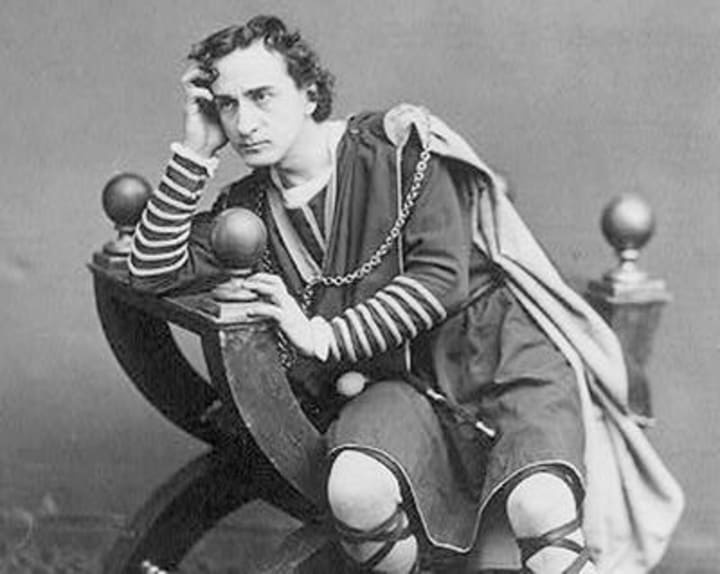
In the years following Honest Abe’s death, Robert very much followed in his father’s footsteps. He studied law (in Chicago) then become a lawyer, before transitioning into politics. After a year serving as a Town Supervisor in Chicago, Robert was offered the position of Assistant Secretary of State in 1877 by President Rutherford B. Hayes. He turned it down. For years, Republicans had been trying to talk him into holding political office, but disinterest and suspicions that he was only wanted for his last name had always led Robert to decline. Four years later, however, in 1881, he finally relented and accepted President James Garfield’s offer to be his Secretary of War.
On July 2nd, 1881, just months after taking office, Garfield was scheduled to depart on a summer vacation to New England with some of his cabinet and their wives. Unable to leave until the following day, Robert went down to the Baltimore and Potomac Railroad Station that morning to inform the President that he and his wife would be along on July 3rd. Also at the train station that morning was Charles Guiteau, a disgruntled former supporter of Garfield. As Robert walked toward the President at the train station that morning, Guiteau approached Garfield from behind and shot him twice at point-blank range (ultimately killing him, as with Lincoln). Deeply upset by the incident and its echoes of his father’s assassination, Robert told a New York Times reporter:
“My God. How many hours of sorrow I have passed in this town.”
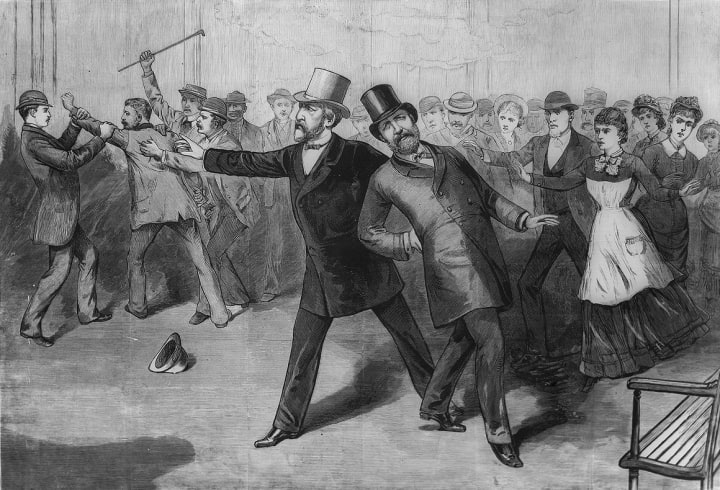
Robert remained the Secretary of War for several more years, before taking the position of US minister to the UK in 1889, under President Benjamin Harrison. He served as ambassador for four years, after which he returned to private law. Robert served as general counsel for the Pullman Palace Car Company—a railroad car manufacturer—under company president George Pullman, and succeeded the man after he passed away in 1897.
Four years later, in 1901, now not merely the son of a beloved president but also a successful businessman in his own right, Robert was invited by then President William McKinley to attend the Pan-American Exposition held in Buffalo, New York, where McKinley was to give a speech. Robert accepted the invitation. And on September 6th, when anarchist Leon Czolgosz shot the President at the World’s Fair (as with Lincoln and Garfield, the gunshot ultimately killed him), Robert was just pulling into the nearby train station.
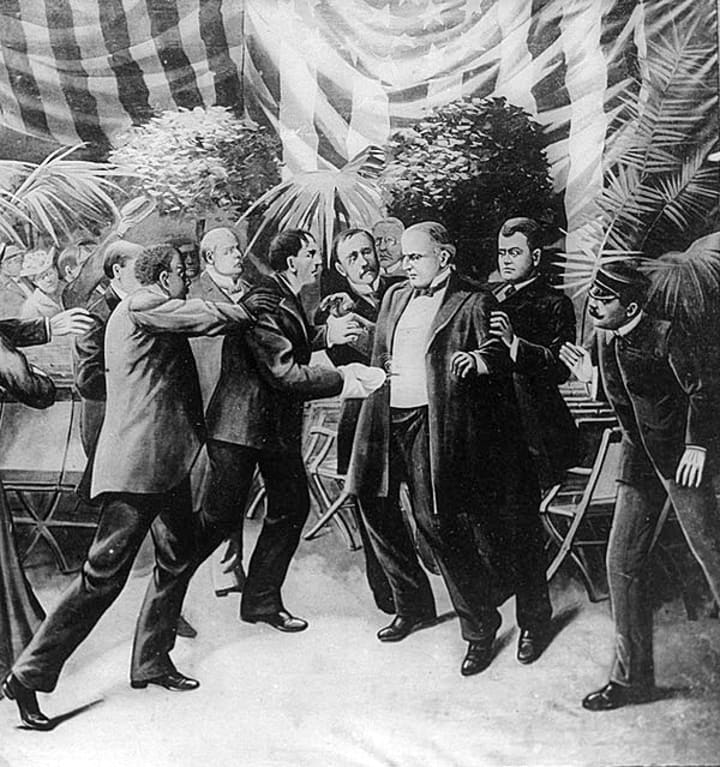
After McKinley’s death, Vice-President Theodore Roosevelt was sworn in as the new commander-in-chief. In a letter to Roosevelt sent shortly after his inauguration, Robert wrote:
“I do not congratulate you, for I have seen too much of the seamy side of the Presidential Robe to think of it as an enviable garment.”
Later in life, Robert was supposedly invited to attend an event at the White House and refused, stating:
“If only they knew, they wouldn’t want me there. There is a certain fatality about presidential functions when I am present.”
About the Creator
Reuben Blaff
Astrophysics graduate student at York University | Editor and co-founder at spkesy.ca

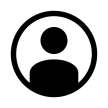

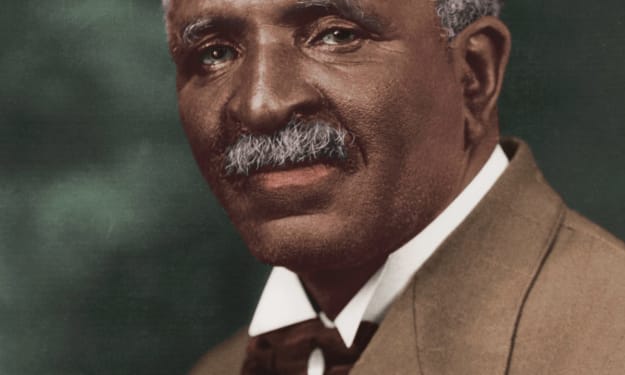

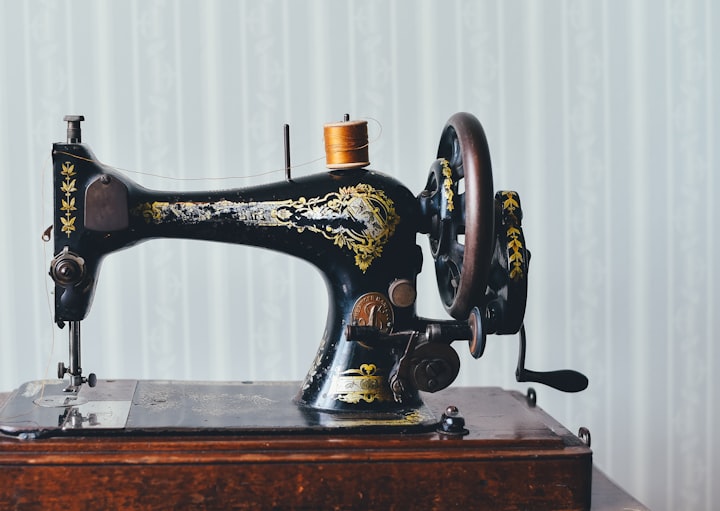

Comments (1)
Wow this was so interesting! I recently wrote a fictitious autobiography on Vocal from the POV of Ford's Theatre. There are so many facets to the Lincoln history that extend far beyond the assassination. Thanks for writing!